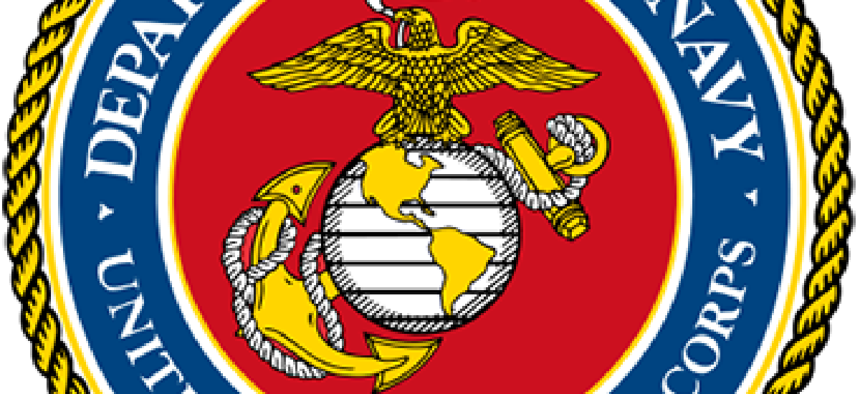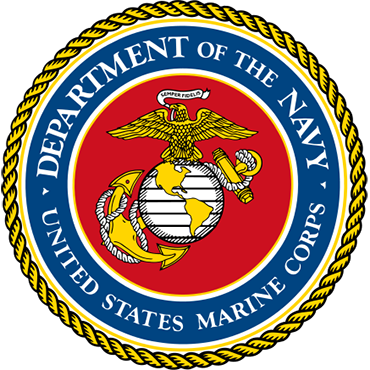USMC wrestles with responsibility of owning network

Three years since taking ownership of its computer network, the Marine Corps is still playing catch up in training its acquisition personnel.

In 2013, the Marine Corps took ownership of its computer networks after years of relying on the Navy Marine Corps Intranet. Three years later, the Corps is still training up its acquisition personnel, whose skills had deteriorated in the dozen years prior to that seismic shift in IT management, according to Daniel Corbin, the Corps' chief technology adviser for command, control, communications and computers.
"When a service is provided by anybody, your own skills atrophy, and that certainly happened within the Marine Corps as the service was provided by someone else," Corbin said June 2 at a National Defense Industrial Association event in Alexandria, Va. As a result, he said, there was previously "very little oversight" – aside from control of security – of the IT solutions the Corps acquired.
The Corps has made big policy changes to boost its acquisition workforce. A nascent Cyber Acquisition Team is in charge of responding to time-sensitive cybersecurity requirements, while a "cyber portfolio synchronization team" shares best practices for IT programs.
The transition from NMCI has been central to the Corps' challenges in IT management and cyberspace. Bases and regional data centers had different configurations with different gear under the NMCI, and it has taken the Marines time to figure out how to unify the network, according to Col. Gregory Breazile, director of the Corps' C2/Cyber and Electronic Warfare Integration Division.
Breazile said in May 2015 that the Marine Corps network was a "mess" shortly after transitioning from NMCI and predicted it will take "many years, unfortunately, to clean it up because it's not a standardized network." Then-CIO Brig. Gen. Kevin Nally strongly disagreed with Breazile's blunt characterization of the Marine Corps network, saying plenty of progress had been made.
Regardless, it is clear that the Marines' expeditionary needs, along with, in Corbin's words, a legacy of "fragmented" networks, will continue to pose challenges to the delivery of IT services.
Prior to the NMCI transition, "there were numerous networks that were established outside of that framework," Corbin said. As a result, "when we in-sourced that capability, it created this fragmented set of networks that are now having to be put back together through various means."
USMC IT officials want their Marines deployed overseas to be able to access enterprise services on the fly. Corbin described that as a "lofty" but achievable goal. It is already happening for Marines aboard Osprey aircraft, for example, he told FCW after his remarks.
The Corps is still figuring out the best ratio of people to networks as those networks are collapsed and services are delivered more efficiently, Corbin said during his presentation.
"It's not real clear if the distribution of the folks that…are supporting the Marine Corps networks are positioned properly," Corbin said. "We do spend a great deal of money in that area and now we're trying to find out are they positioned properly."
NEXT STORY: Video: How to Slash Android Data Use


